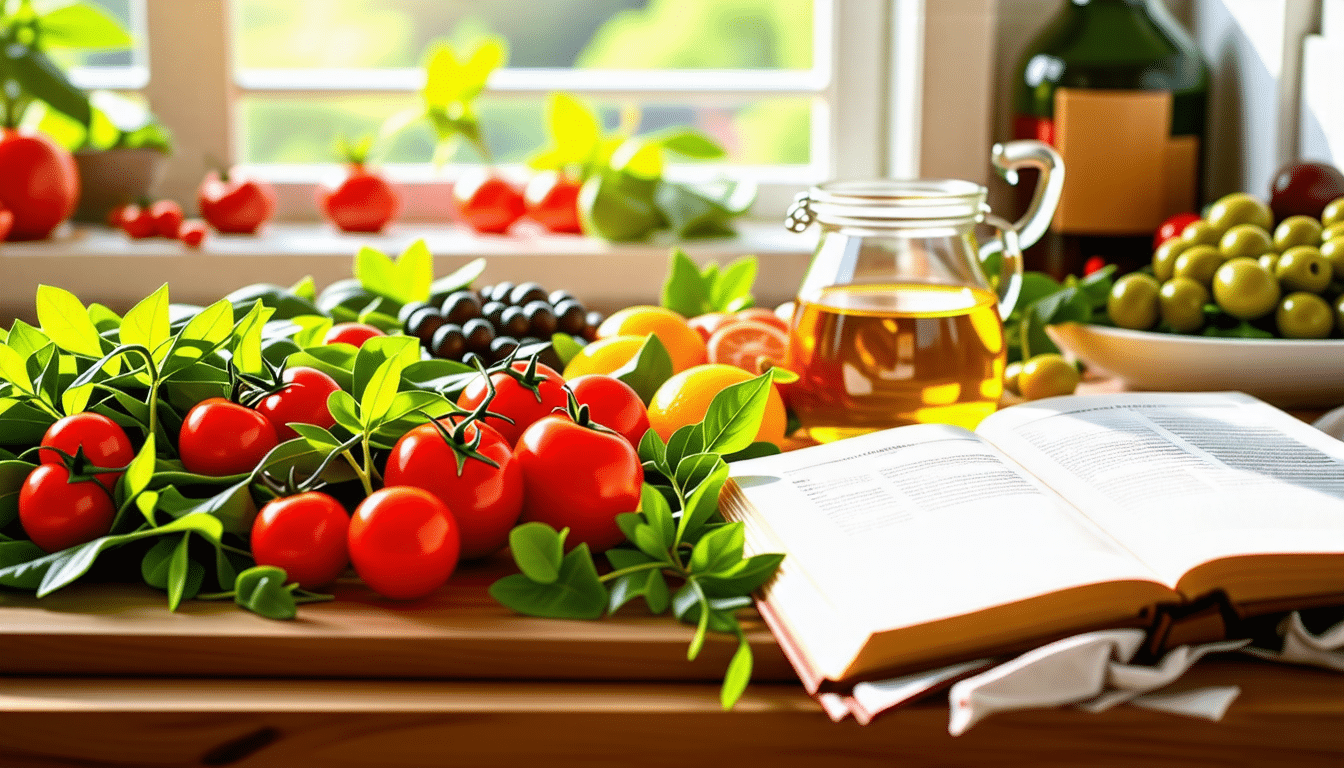In regions around the world known as Blue Zones, people enjoy significantly longer lifespans. These areas include places like Okinawa in Japan, Sardinia in Italy, and Nicoya Peninsula in Costa Rica. The longevity experienced in these regions has been attributed to a combination of lifestyle factors, with a major focus on diet. Let’s dive into the food secrets of these fascinating communities.
The cornerstone of the Blue Zone diet is a plant-based approach, where a diverse array of colorful fruits and vegetables takes center stage. Particularly, leafy greens such as spinach, kale, chard, and collards are consistently included in their diets. These greens are dense with nutrients and must be consumed regularly to reap their longevity benefits.
You’ll find whole grains such as barley, oats, and whole wheat featuring prominently in Blue Zones. Rich in fiber and nutrients, they promote healthy digestion and stabilize blood sugar levels. Residents often enjoy these grains in the form of bread, porridge, or side dishes, reassuring their staple status.
Legumes are another vital component. Embraced by Blue Zone inhabitants for their high protein and fiber content, beans like fava, black, lentils, and soy reign supreme. A traditional dish might be incomplete without a hearty serving of legumes, as they are considered a dietary backbone, often contributing a significant percentage of daily protein intake.
Tubers, particularly sweet potatoes, are widely consumed. These starchy vegetables are not only delicious but loaded with antioxidants and dietary fiber that support cellular health and contribute to a longer life.
The ‘Blue Zone diet’ follows an essential principle known as the 80% rule. This involves eating until you’re 80% full, thereby preventing overeating and maintaining a balanced weight. It allows the body’s satiety signals to catch up with food consumption, promoting mindful eating habits.
One of the keys to longevity is the consumption of minimally processed foods. Residents of Blue Zones consume very little processed foods, focusing instead on whole, natural ingredients. This ensures that they ingest maximum nutrients without the harmful additives found in processed options.
To unlock even more secrets surrounding longevity, you might explore incorporating natural food supplements. These supplements offer micronutrients derived from foods, complementing a well-rounded diet and addressing specific nutritional needs.
A deeper understanding of fasting and its impact on lifespan can enhance longevity practices as well. Many Blue Zones cultures naturally integrate periods of eating less or intermittent fasting, which emphasizes giving the body time to heal and repair. Learn more about the impact of fasting on cellular health to adopt this powerful strategy.
Additionally, consider integrating superfoods known for their longevity-boosting properties. Foods rich in antioxidants, omega-3 fatty acids, and phytonutrients effectively support overall health and can contribute to a longer life.
Overall, the ‘Blue Zones diet’ emphasizes whole, plant-based eating with a focus on diversity and moderation. It’s about savoring each meal, eating for nourishment rather than indulgence, and enjoying a variety of foods that provide a rich mix of essential minerals, vitamins, and antioxidants.
By emulating the dietary habits of the world’s longest-lived people, individuals can embrace a new paradigm of nutrition. This approach isn’t just about living longer; it’s about thriving with vitality and well-being well into late age.

Q: What are Blue Zones?
A: Blue Zones are regions in the world where people live significantly longer lives compared to the global average. These areas are characterized by their unique dietary habits and lifestyle practices.
Q: What are the best longevity foods found in Blue Zones?
A: The best longevity foods include leafy greens such as spinach, kale, chard, and collards, complemented by seasonal fruits. Beans, including fava, black, lentils, and soy, as well as whole grains and tubers, like sweet potatoes, are pillars of their diets.
Q: How much of the Blue Zone diet consists of meat and dairy?
A: The Blue Zone diet consists of about 95% vegetables, fruits, grains, and legumes. Residents consume very little meat, dairy, and sugary foods.
Q: What is the 80% rule in Blue Zones?
A: The 80% rule is a dietary guideline followed in Blue Zones where individuals stop eating when they feel 80% full, helping to prevent overeating and contribute to longevity.
Q: Are processed foods part of the Blue Zone diet?
A: No, citizens of Blue Zones eat very little, if any, processed foods. They focus on eating nutritious whole foods instead.





